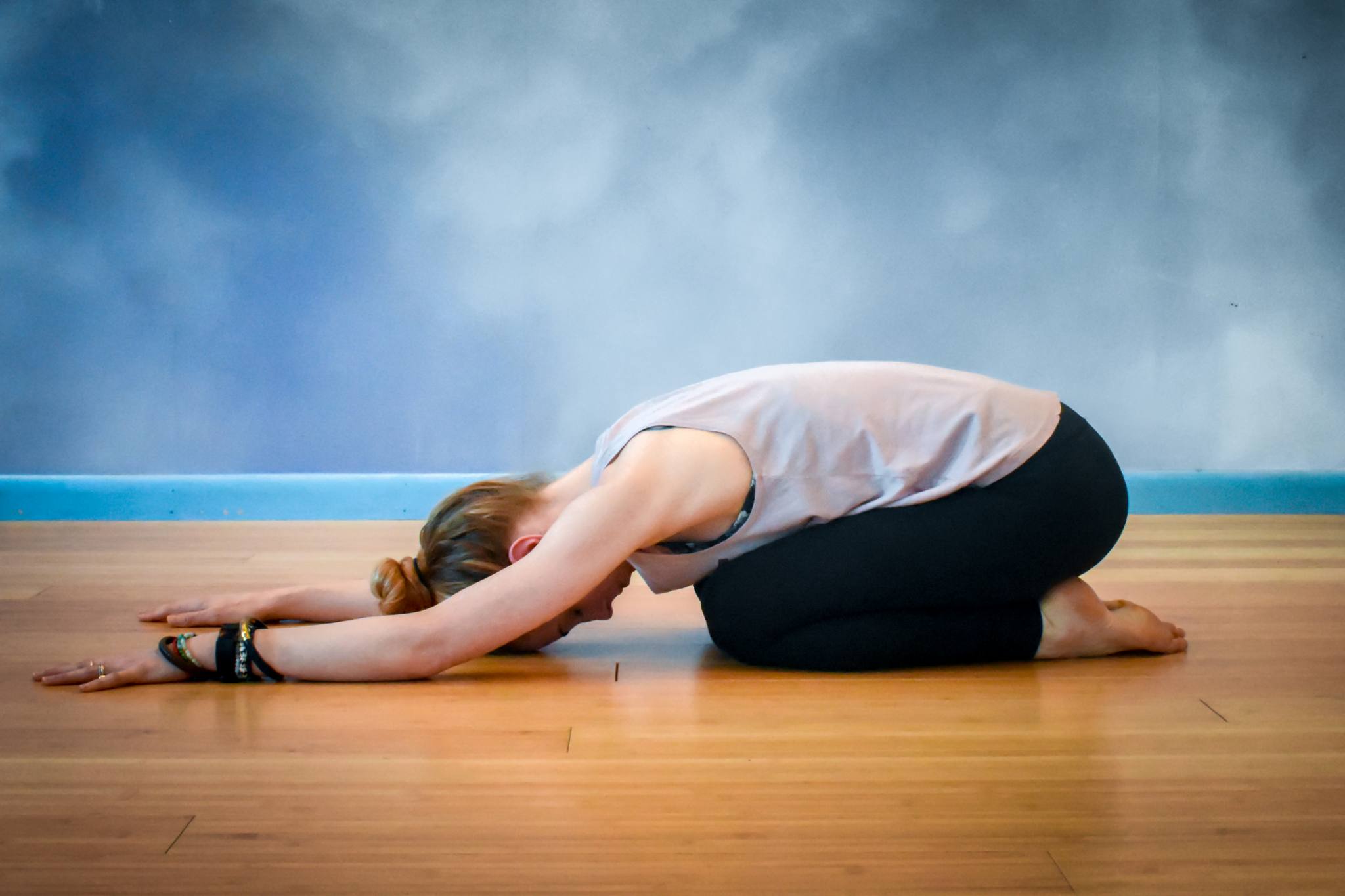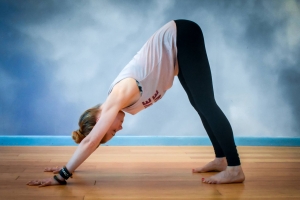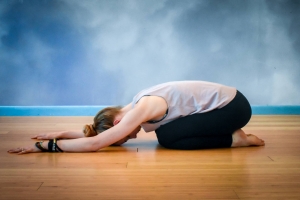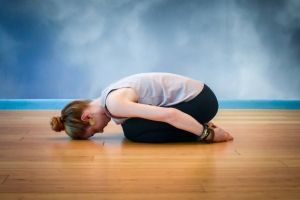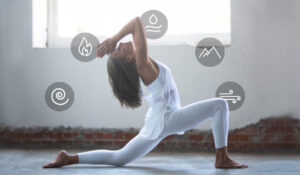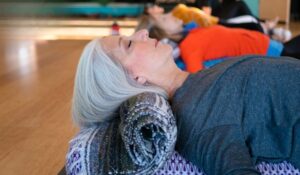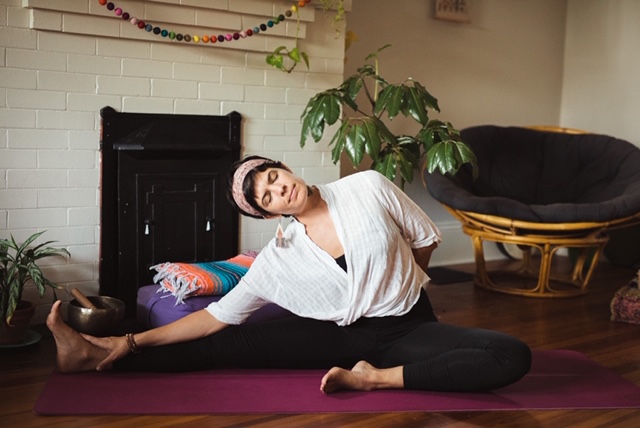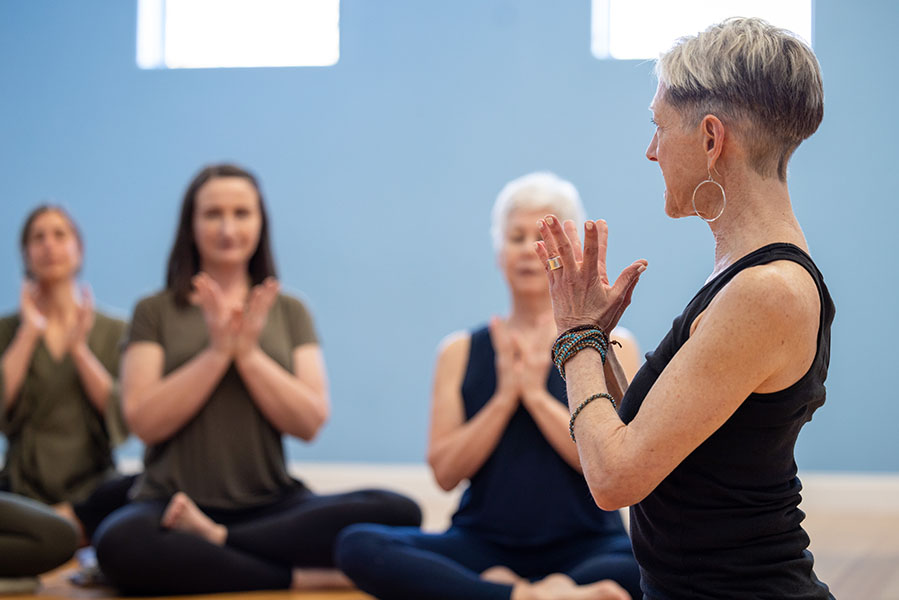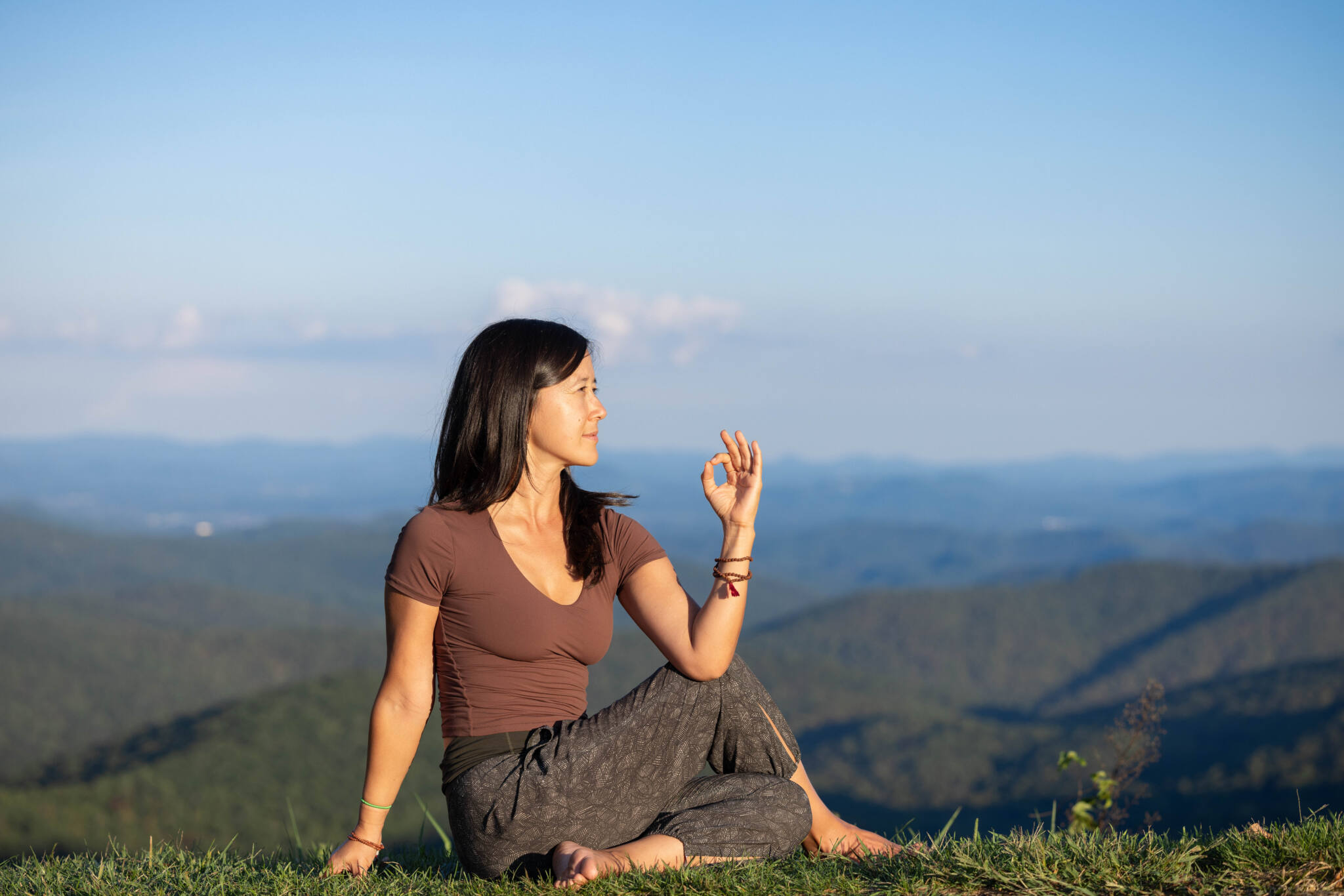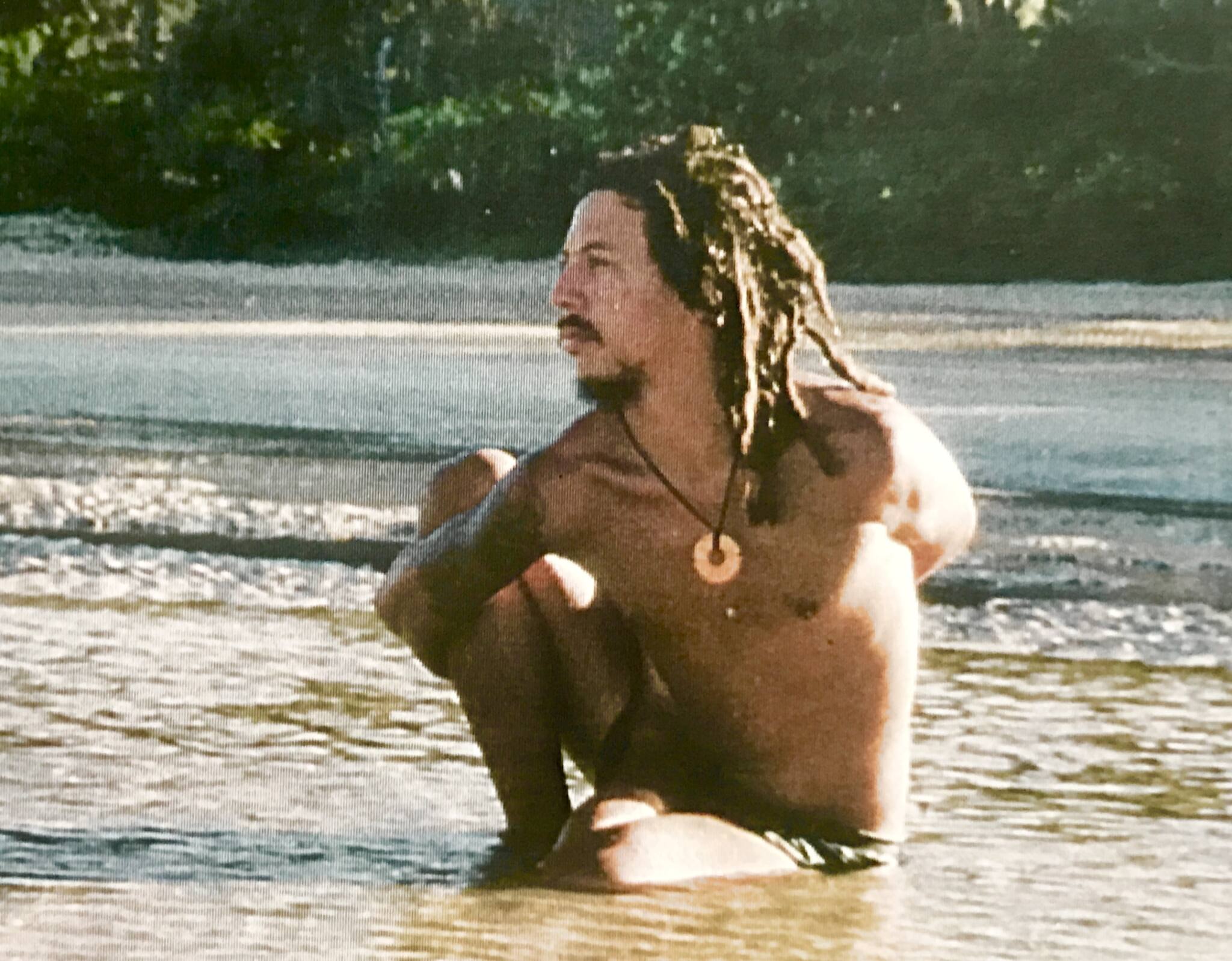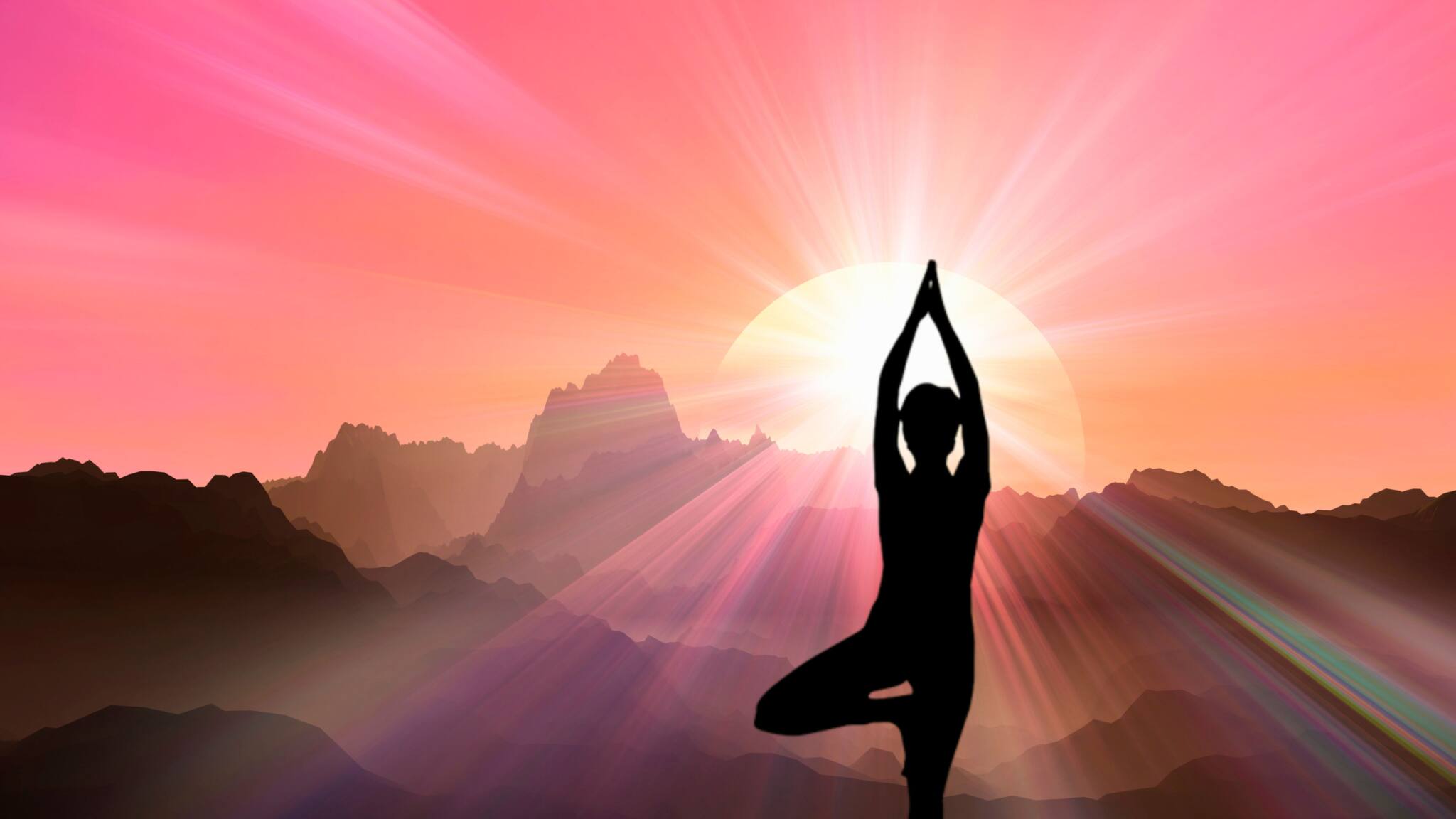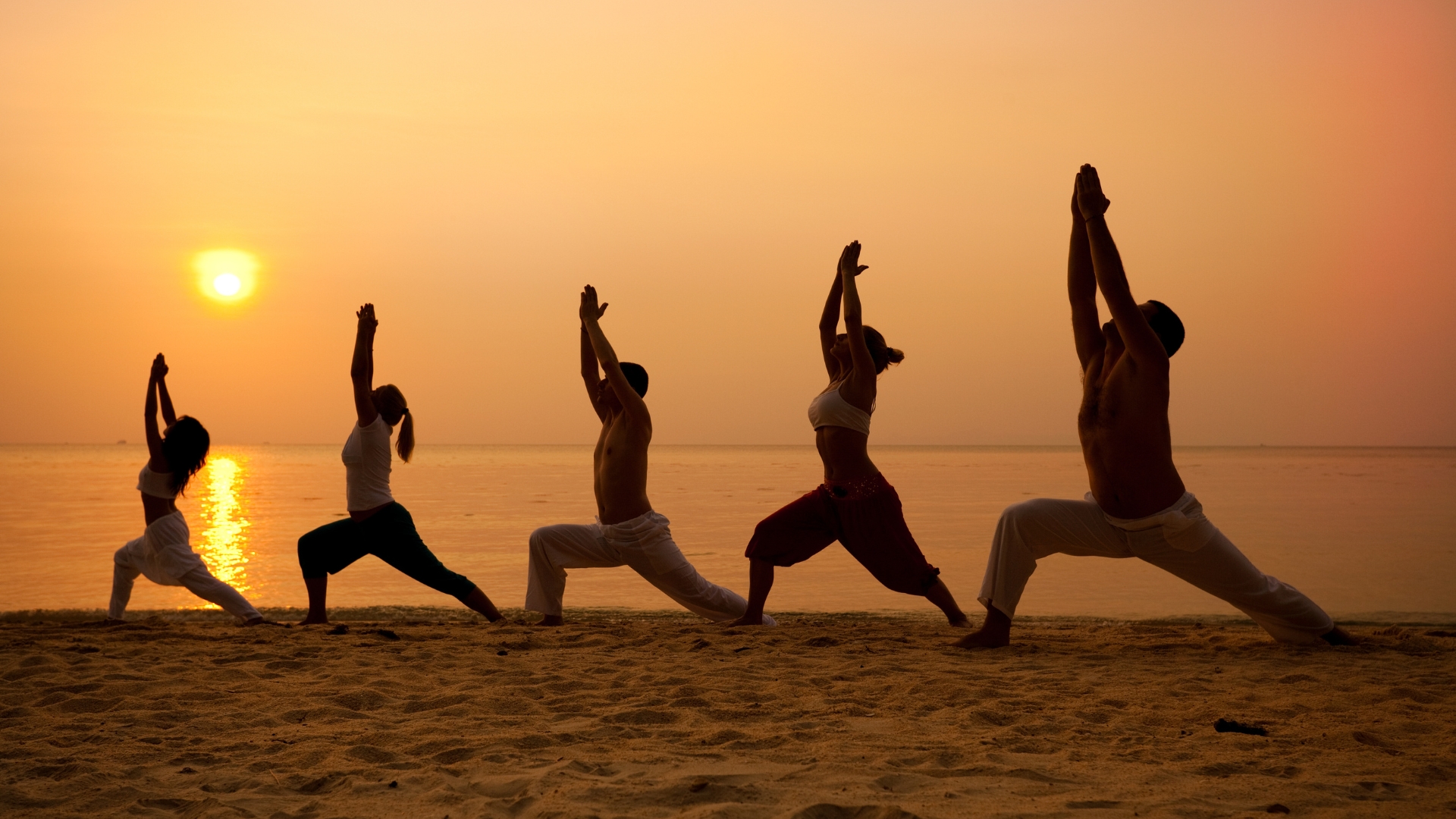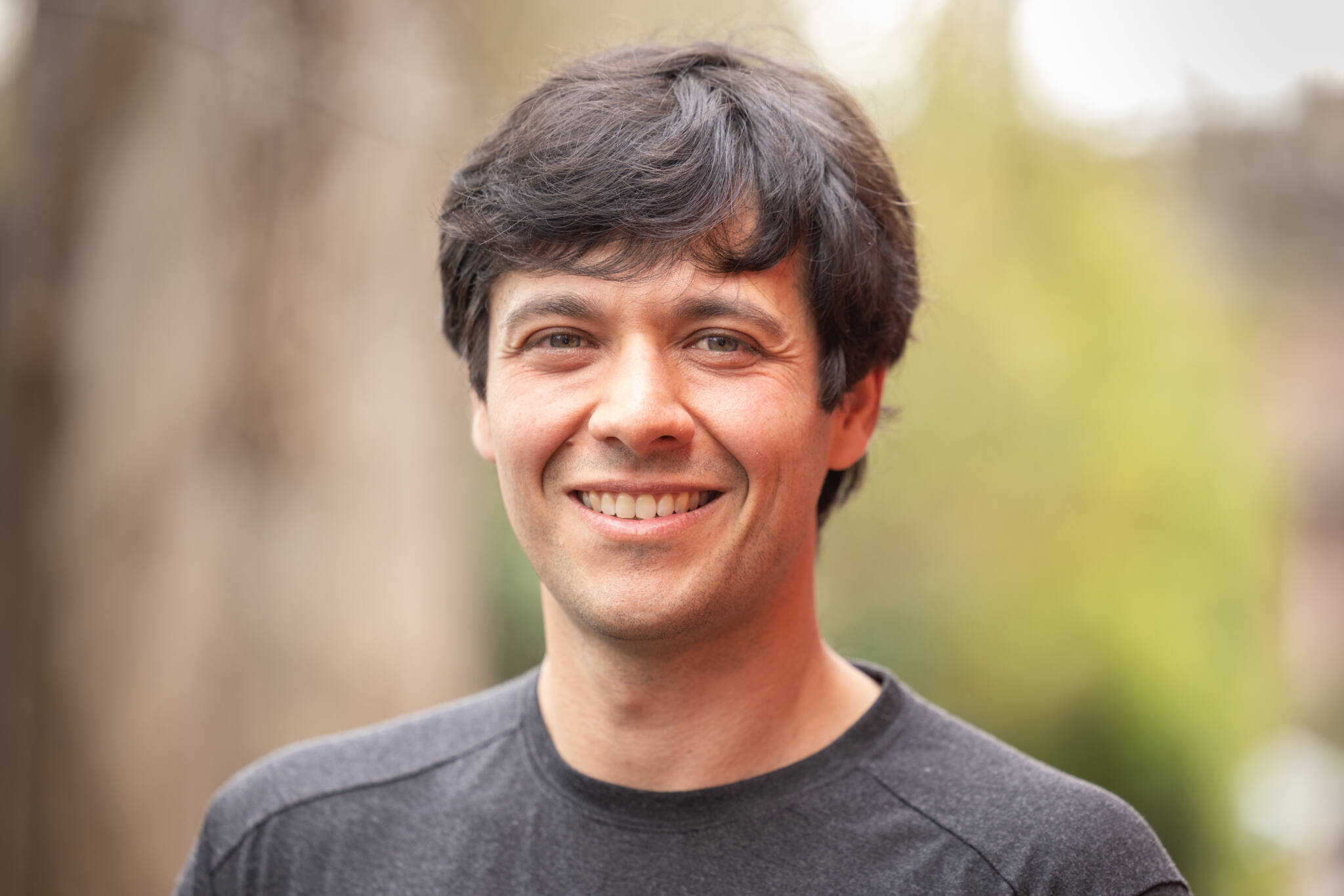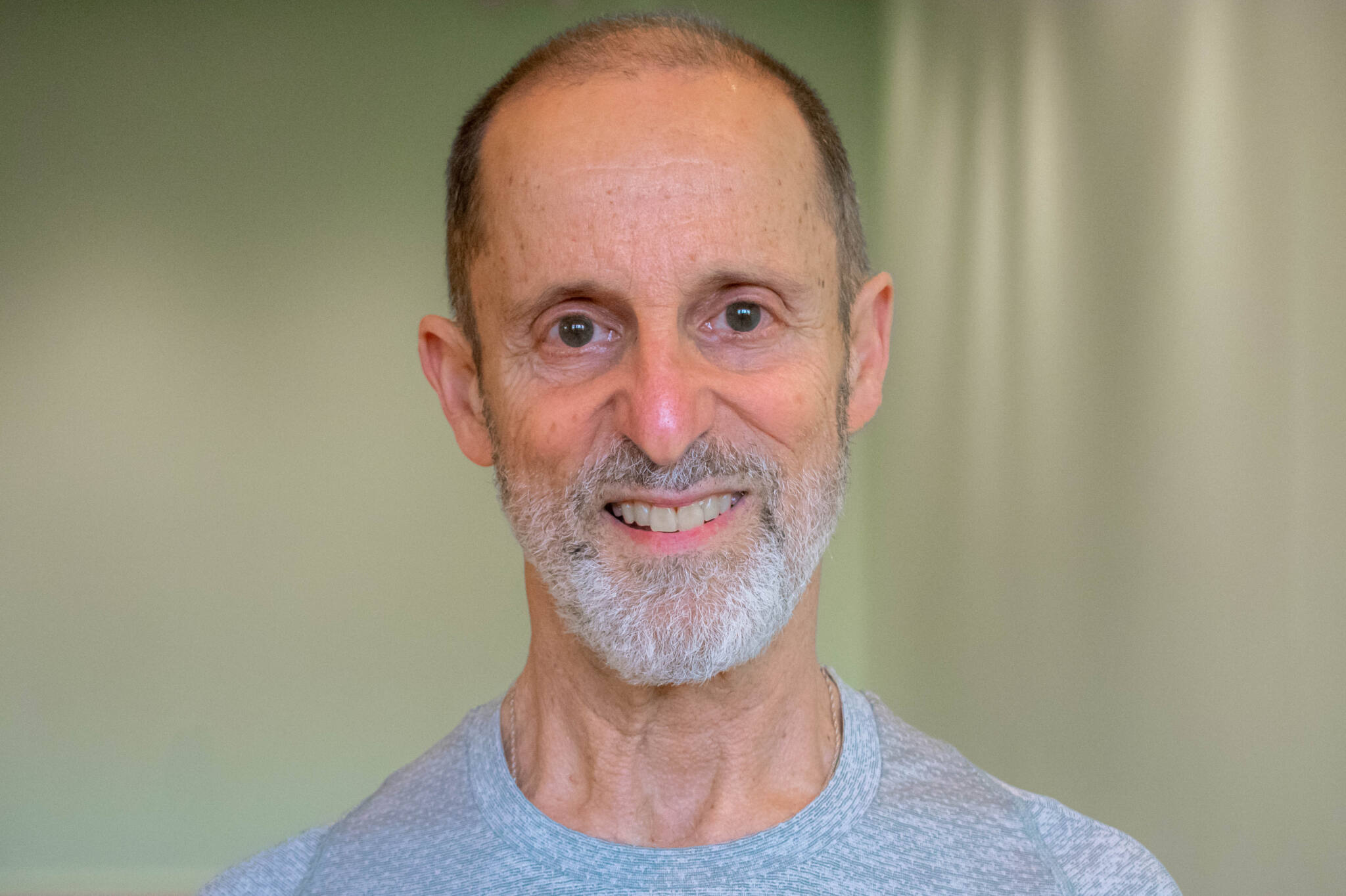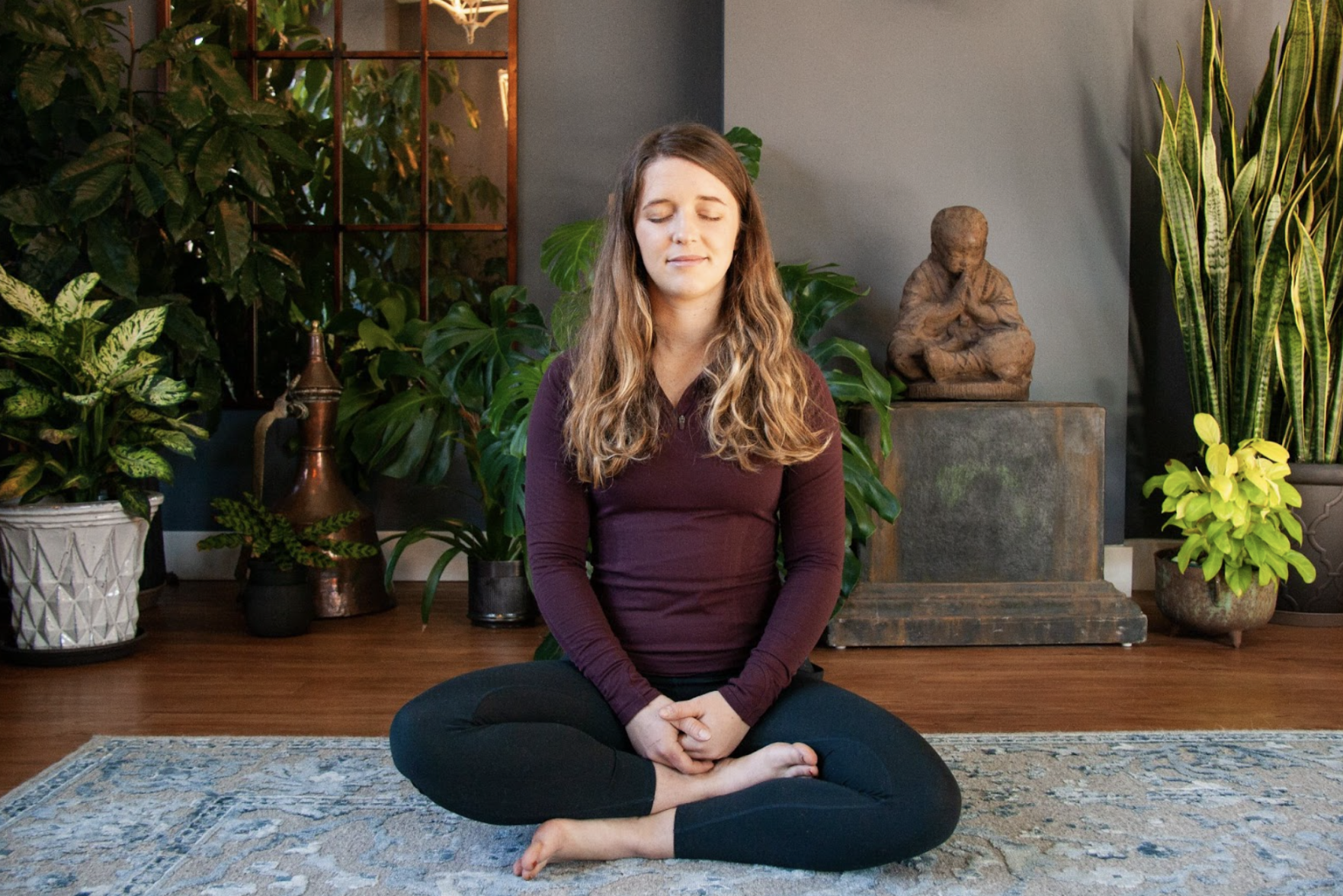What to Expect in a Beginner Yoga Class
You’re thinking about going to your very first yoga class. You’re wondering what the flow of class will be like and what kinds of poses you’ll learn from your yoga instructor. It’s always a little scary to try something new, but taking a yoga class is a great way to add variety to your weekly workout routine! Beyond that, the mental and emotional benefits of yoga are a great addition to any wellness regimen. Your instructors have all completed extensive yoga teacher trainings to assist you with your newfound practice. Remember, yoga should be practiced at your own pace and shouldn’t be strenuous on your body. Let’s talk through some of the poses you may encounter during your first yoga class!
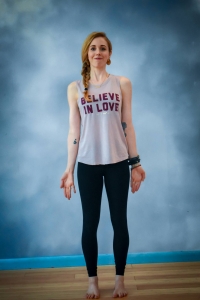
Mountain Pose
You’ll see this pose as part of the warm up in your yoga class. It’s an opportunity to check in with your body, breath and mind. It begins by standing tall with a long spine and keeping your feet close together. The benefit of the Mountain Pose is that it improves posture and balance while simultaneously strengthening lower body muscles.
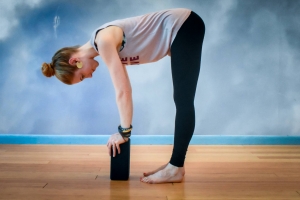
Forward Fold Pose
This next pose builds on the structure of the Mountain Pose. You’ll bend forward from the Mountain Pose, placing your hands where they’re comfortable. It is encouraged to slightly bend your knees or keep your arms folded so as not to hurt your hamstrings. This pose will release tension in the back of the legs and strengthen the lower body.
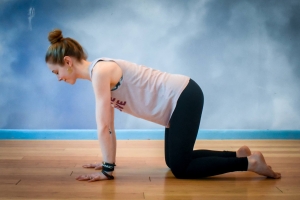
Table Top Pose
This pose serves as home base for a wide variety of movements. It’s an essential pose for any beginner, because it can take the place of other more challenging postures like Plank or Downward-Facing Dog. To enter Table Top, position yourself on hands and knees with a flat back. Ensure your wrists are directly below your shoulders and knees directly below your hips. From here, you can alternate between arching your back and rounding your back for a comprehensive spinal stretch, also known as Cat-Cow Pose. This pose improves core strength and stability, as well as spinal mobility.
Cat-Cow
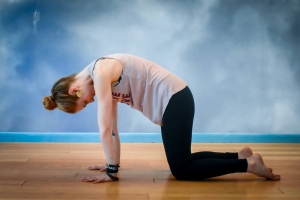
Downward-Facing Dog
Even if you’ve never practiced yoga, you’ve probably seen or at least heard of this pose. This pose begins in Table Top with your hands slightly further forward then slowly lifting your hips. Your arms should be strong and your shoulders wide. The goal is to maintain a straight line from your wrists to your hips, so it’s encouraged to bend your knees at first to maintain this alignment. Alternatively, try Melting Heart Pose, with your knees on the mat for a more accessible posture. Downward-Facing Dog is excellent for balance, strength and flexibility.
Melting Heart
Child’s Pose
If you want to relax, this is the pose for you. To enter child’s pose you start in Table Top then sit your hips back on your heels. Your arms can be extended in front of you or down by your sides. This pose gently stretches the hips, thighs and ankles while relieving the back and neck. A lot of introductory yoga classes will incorporate this pose instead of Downward-Facing Dog for added relaxation.
By the end of your first yoga class you may find that your muscles feel more relaxed and you stand just a little taller. You may leave the studio feeling energized, rejuvenated and ready to take on the rest of your day. But don’t take our word for it, come try it yourself! You may be surprised by what you discover.
Frequently Asked Questions
Q: What should I eat before a yoga session?
A: It’s best to practice yoga on a light, mostly empty stomach—especially for active styles. We recommend eating something light and nourishing 1.5 to 2 hours before class, such as fruit, a small smoothie, or toast with nut butter. Most importantly, listen to your body and find what feels supportive without weighing you down.
Q: Can yoga help improve flexibility and balance?
A: Absolutely. Yoga is a gentle and powerful way to build both flexibility and balance over time. You don’t have to be flexible to start—yoga meets you exactly where you are. With consistent practice, you’ll begin to notice greater ease in your movements, steadiness in your posture, and a deeper connection to your body.
Q: Are these poses safe for all age groups?
A: Yoga is for everybody and every body—and our teachers are trained to offer modifications so poses can be safely adapted for all ages and experience levels. We encourage students to move with awareness, honor their limits, and ask questions whenever needed. There’s always a variation or alternative to help you feel supported.
Q: What is the best time of day to do yoga for beginners?
A: The best time is the time that works for you. Some people enjoy starting their day with a morning practice to awaken the body and mind, while others unwind with an evening class. At AYC, we offer a variety of classes throughout the day so you can find your rhythm and make space for practice at your own pace.
Q: Are beginner yoga poses effective for weight loss?
A: Beginner yoga poses can support healthy weight goals when practiced consistently—especially when paired with mindful eating and stress reduction. Yoga encourages a holistic approach: building strength, increasing mobility, and calming the nervous system. Many students find that over time, their relationship with their body becomes more balanced and joyful.
